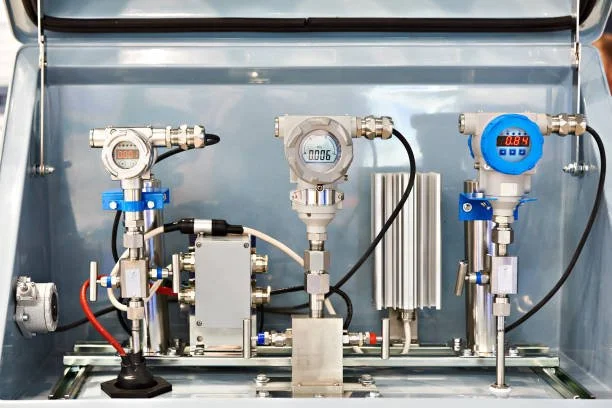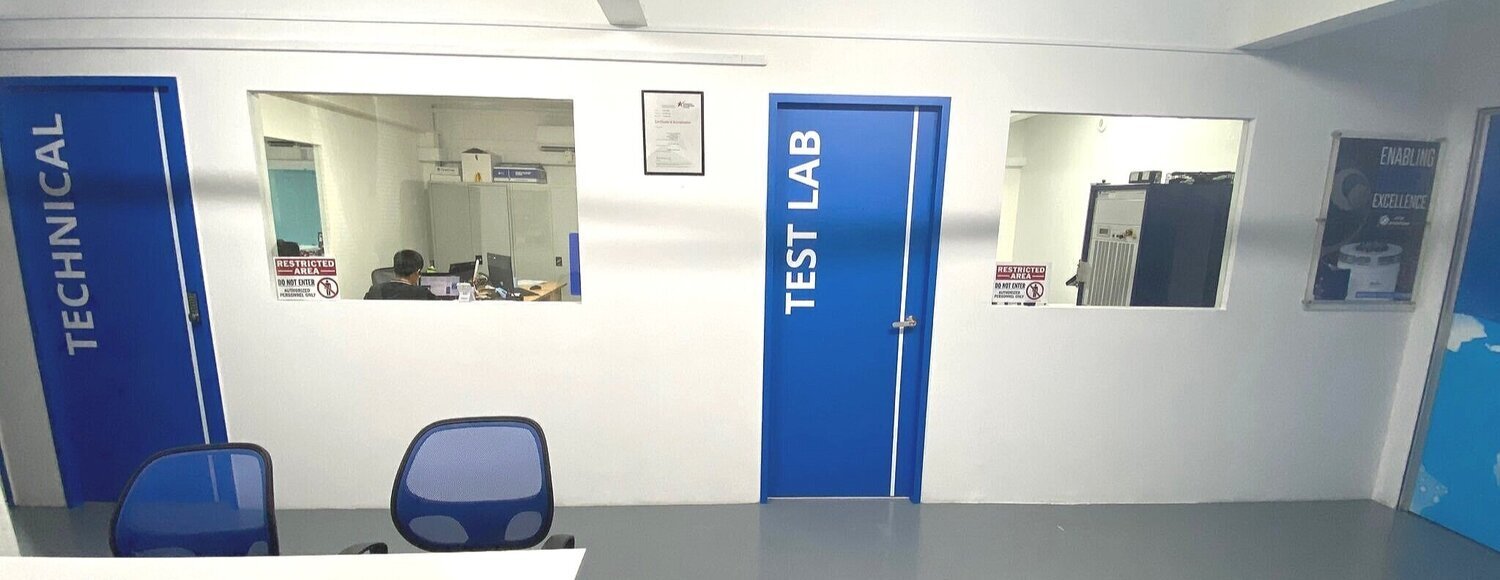How to Calibrate a Pressure Transmitter
What is a pressure transmitter?
A pressure transmitter is a device that measures the pressure of a fluid and transmits a signal to a remote location. Pressure transmitters are used in a variety of applications, including process control, automotive, aerospace, and medical. pressure transmitters are devices that measure and transmit pressure data. There are many different types of pressure transmitters, but they all work by measuring the force applied to a diaphragm within the device. This force is typically caused by the weight of a column of fluid above the diaphragm. The transmitter converts this mechanical force into an electrical signal that can be read by a pressure gauge or recorder.
How to calibrate a pressure transmitter
When calibrating a pressure transmitter, it is important to have the proper tools and equipment on hand. This includes a calibration rig, hoses, fittings, and a pressure source. The first step is to connect the transmitter to the calibration rig. Next, connect the hoses from the pressure source to the calibration rig. Make sure all connections are secure and there are no leaks. Once everything is connected, open the valves on the pressure source and slowly increase the pressure. The transmitter should be reading accurately at each increment of pressure. If not, make adjustments as necessary until it is reading correctly. Finally, close the valves on the pressure source and disconnect all hoses and connections.
Why is calibration important?
Calibration is important for a number of reasons. First, it ensures that the pressure transmitter is providing accurate readings. If the transmitter is not calibrated, the readings may be inaccurate, which can lead to incorrect decisions being made based on those readings. Second, calibration helps to ensure that the pressure transmitter will function properly over time. If the transmitter is not calibrated, it may drift out of calibration and begin to provide inaccurate readings. Finally, calibration can help to extend the life of the pressure transmitter by ensuring that it is operating within its specified range.
Calibration ensures that your pressure transmitter is providing accurate readings. This is important in many applications, such as monitoring pressure in a boiler or process vessel. If the readings are inaccurate, it could lead to problems or even safety hazards.
Calibration can also help extend the life of your pressure transmitter. By keeping it accurate, you are less likely to need to replace it as often.
Overall, calibration provides peace of mind and helps keep your equipment running safely and smoothly.
Calibrating a pressure transmitter can be a time-consuming process, but it is essential to ensure the accuracy and reliability of your sensor readings. We hope that this article has provided you with some useful information regarding how to properly calibrate your pressure transmitter. With the right tools and careful attention, you can be sure that your device will provide reliable readings day in and day out.
How Can We Help You?
Interested in our Testing & Calibration services? Send us your inquiry via the Testing & Calibration Lab Form and we will be pleased to help you.


